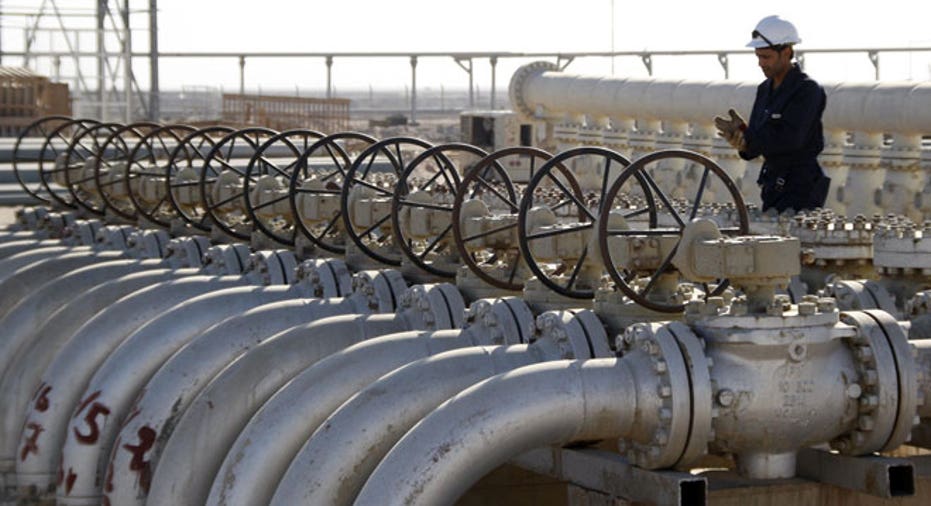Oil Prices Zip 2% Higher as Inventories Sink

U.S. crude oil prices surged nearly $3 a barrel on Wednesday to their highest in 16 months, narrowing the discount to Brent crude to less than $2 after U.S. data showed the biggest two-week decline on record in crude stockpiles.
U.S. oil inventories plunged about 10 million barrels for a second week in a row, according to data from the Energy Information Agency (EIA). The market has tightened more rapidly than expected after three years of pent-up supply.
Signs of the strongest refinery demand in six years and a more than 2 percent increase in gasoline demand from a year ago also buoyed prices, with New York Harbor gasoline futures topping $3 per gallon for the first time since March.
The onset of summer driving season, the restart of BP's 400,000-barrel per day Whiting refinery and commissioning of new pipelines draining extra crude away from the New York Mercantile Exchange's delivery point at Cushing, Oklahoma, have helped drain swollen supplies in the Midwest.
U.S. crude has outperformed Brent for nine of 10 sessions, narrowing the spread to a 2-1/2 year-low of $1.82 during intraday trading and to $1.99 at the market close.
"Fundamentals have been the weak point in the last year, but these last two weeks of draws suggest that supplies seem to be tightening," said Gene McGillian, analyst at Tradition Energy in Stamford, Connecticut.
Brent's premium over U.S. crude was over $23 in February. Some traders said the price of U.S. crude could soon regain its historical premium over Brent, now that U.S. oil can make its way to the global market with relative ease.
The narrower spread "means that the market has basically corrected, because through most of the spread's history, U.S. has been at a $2 premium to Brent," said Andy Lebow, vice president at Jefferies Bache in New York.
"The reason we had weakened so much was because of all the stranded crude in the midcontinent, but that problem has been solved."
U.S. crude settled up $2.99 at $106.52 a barrel, posting its biggest daily rise since May and its largest three-week increase since March 2011.
In the afternoon, the U.S. Federal Reserve released minutes of its June meeting, showing many officials wanted more reassurance of a U.S. jobs recovery before winding down economic stimulus. The minutes roiled financial markets, where many had expected the Fed to start reducing stimulus in September.
Oil prices rallied briefly, dipped marginally and then rallied again after the minutes were released.
GASOLINE TIGHTENS
As the United States got deeper into the summer driving season, gasoline stocks fell 2.6 million barrels as demand rose 2.5 percent from a year ago, EIA data showed. Refiners processed the most crude in six years.
"Given the high utilization rate and what's happening in Cushing with the effect of the rail transport and the pipelines, WTI is reacting strongly," said John Kilduff, a partner at Again Capital LLC.
Brent gained 70 cents to end at $108.51. Brent's upside was limited by concerns about sluggish growth in China, which reported lower-than-expected imports and exports and a 1.4 percent drop in crude imports for the first half of 2013.
"While oil demand in the U.S. appears to be reviving, current figures from China point to slowing demand dynamism there," a Commerzbank research note said.
Despite disappointing data from China, OPEC expects a stronger economy to boost world oil demand by 1 million bpd in 2014, the highest growth since 2010.
In its monthly report, the Organization of the Petroleum Exporting Countries said its share of the world market will decline next year due to rising U.S. shale oil supplies.
Political risks were also supporting prices, and investors continued to keep watch on Egypt.